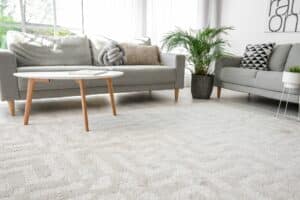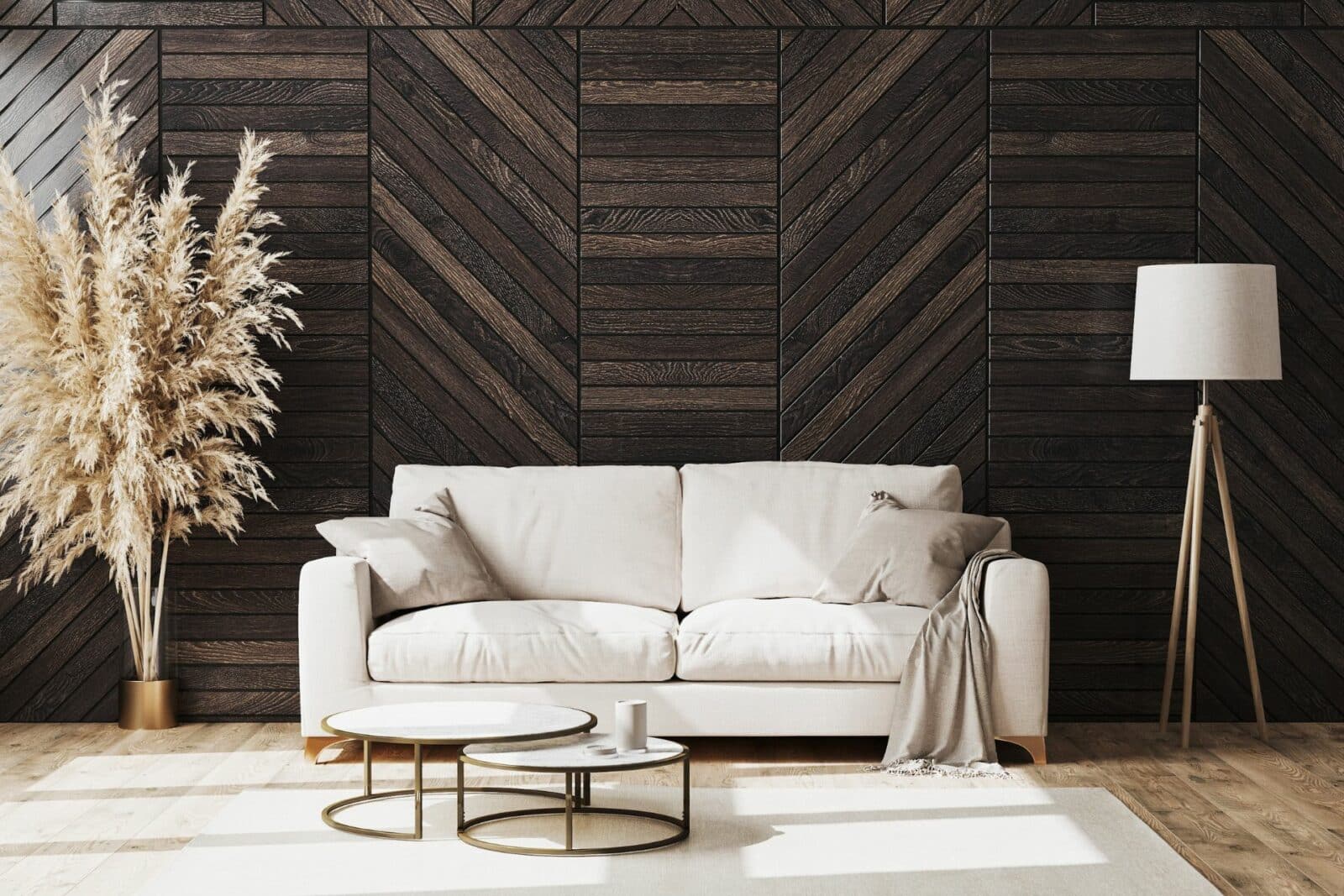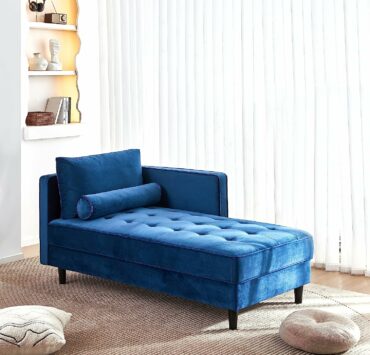Rugs—more than just a piece of decor, they anchor a room, define spaces, and can dramatically transform the ambiance. But a misplaced rug? It can throw the whole room off-balance. Wondering how to place a rug in your living room without a hitch? Here’s a guide tailored for you.
Selecting the Right Rug Size
Before we jump into positioning, ensure you’ve picked the right size. A rug too small can make the room feel disjointed, while one too large may overwhelm the living room.
Rules of Rug Placement in Living Rooms
1. All Legs on the Rug
For a cohesive look, ensure all furniture legs, from your sofa to chairs, are entirely on the rug. This approach works well for larger rooms and spacious seating areas.
2. Front Legs Only
Positioning just the front legs of your seating furniture on the rug integrates the space while leaving some floor exposed. It’s a great middle-ground solution.
3. Completely Off the Rug
In smaller rooms or when aiming for a more casual feel, keep furniture off the rug, allowing it to stand out as a distinct decor element.
4. Center Alignment
Place the rug so that your coffee table or central furniture piece is perfectly centered. This brings symmetry to the design.
5. Angle Play
Who said rugs need to be parallel? For an avant-garde feel, position your rug at an angle, adding dynamism to your living room.
Rug Layering: Doubling the Drama
Combine rugs of different textures, patterns, or sizes by layering them. Place a smaller, vibrant rug atop a larger neutral one for added depth and interest.
Maintenance and Upkeep
Position your rug away from direct sunlight to prevent color fading. Additionally, rotate it periodically to ensure even wear, especially in high-traffic areas.
FAQs on Rug Placement
How far should a rug be from the wall?
Typically, leave between 12 to 18 inches of bare floor between the rug edge and the wall for balanced aesthetics.
Can I place a rug over carpet?
Absolutely! Layering a rug over carpet can add depth, texture, and define spaces within a larger room.
Should a rug cover the entire living room floor?
Not necessarily. While large rugs can add warmth, leaving some floor exposed can make the space feel larger and more open.
What rug shape works best for living rooms?
While rectangular rugs are common, the best shape often depends on your room and furniture layout. Round rugs can complement circular tables or seating areas.
How do I prevent my rug from slipping?
Use a non-slip rug pad or rug grippers beneath your rug to ensure stability and prevent accidents.
Conclusion
Knowing how to place a rug in a living room is pivotal in ensuring the design cohesion of the space. Whether it’s amplifying the room’s aesthetic, defining different areas, or adding warmth, a well-placed rug can work wonders. With the guidelines in hand, you’re all set to roll out perfection underfoot!
Related posts:
 Interior Design Trends 2021 That You Shouldn’t Miss
Interior Design Trends 2021 That You Shouldn’t Miss
 Decor For Kitchen Shelves: How to Add Personality to Your Cooking Space
Decor For Kitchen Shelves: How to Add Personality to Your Cooking Space
 How to Choose Curtains for Your Living Room: A Comprehensive Guide
How to Choose Curtains for Your Living Room: A Comprehensive Guide
 The Grey Couch Affair: Making a Statement in Your Living Room
The Grey Couch Affair: Making a Statement in Your Living Room
 Bathrooms Decorated for Christmas: Your Festive Oasis 2023
Bathrooms Decorated for Christmas: Your Festive Oasis 2023



